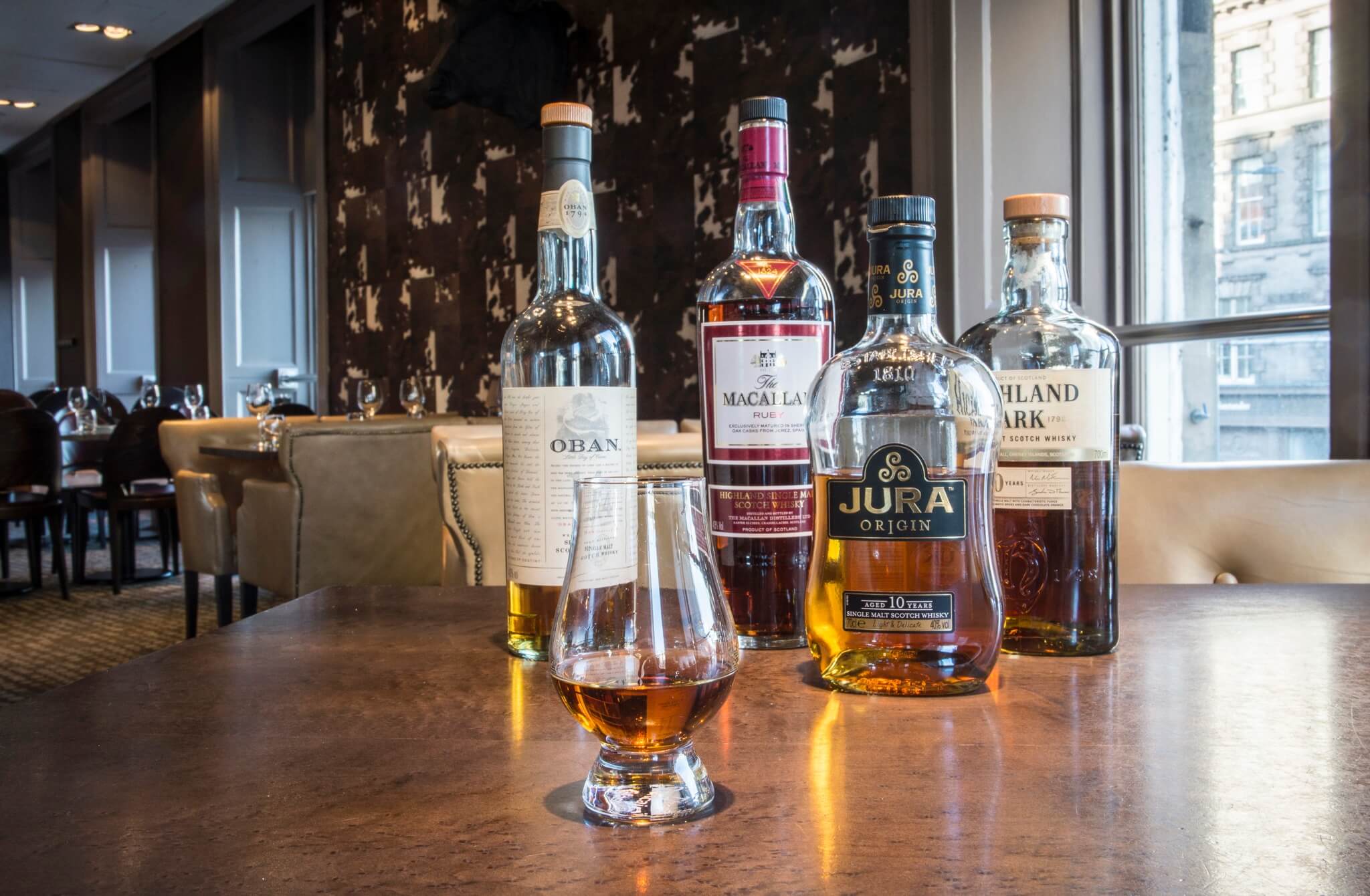The art of distilling whisky began as a way of using up rain-soaked barley and, as it still does today, it used water from Scotland’s streams and burns.
It is generally agreed that monks brought distillation with them along with Christianity in the fourth and fifth centuries. The first official recording of distilling stretches back to 1494, when Friar John Cor of Lindores Abbey in Fife was granted the king's commission to make acqua vitae, Latin for "water of life".
The word "whisky" derives from the Gaelic "uisge beatha" (pronounced: oosh-ga beh-huh). When you're enjoying a dram of whisky with friends try toasting in Gaelic. Simply raise your glass and say "slàinte mhath" (pronounced: slan-tche vah), which means "cheers" or "good health".
Talisker Distillery on the Isle of Skye
© Talisker Distillery / Jakub Iwanicki
The first official taxes on whisky production were not imposed until 1644, causing a rise in illicit whisky distilling in the country. Around 1780, there were about eight legal distilleries and 400 illegal ones. In 1823, Parliament eased restrictions on licensed distilleries with the Excise Act, while at the same time making it harder for the illegal stills to operate, thereby ushering in the modern era of Scotch production.
Two events helped to increase the popularity of whisky: firstly, a new production process was introduced in 1831 using a Coffey or patent still. The whisky produced with this process was less intense and smoother. Secondly, the Phylloxera beetle destroyed wine and cognac production in France in 1880, meaning that stocks of both in cellars around the world dwindled to almost nothing.
Since then, whisky production has gone from strength to strength, weathering prohibition in the United States, two world wars, the Great Depression and economic recessions throughout the 20th and 21st centuries. Today, it is enjoyed in over 200 countries around the world.
